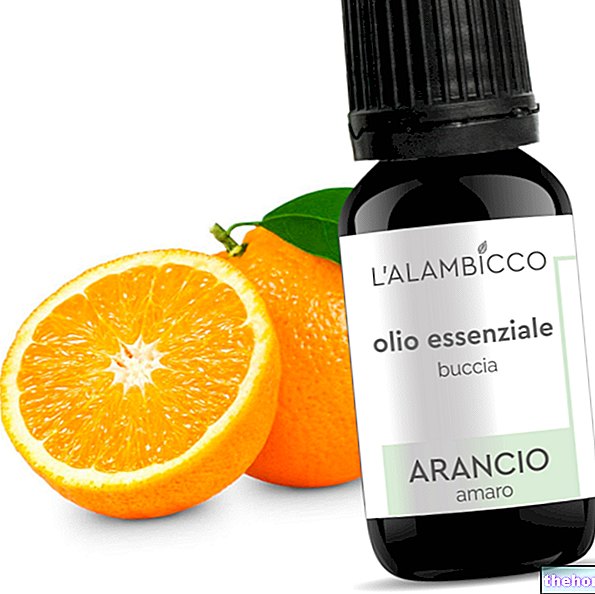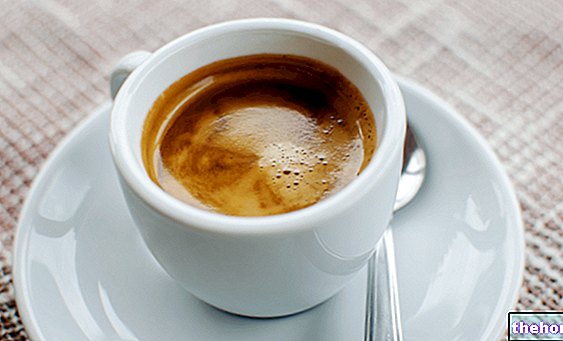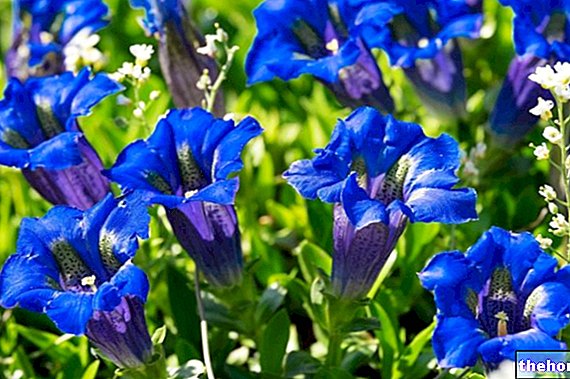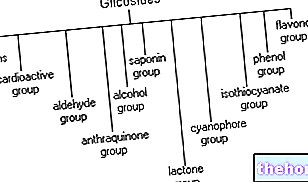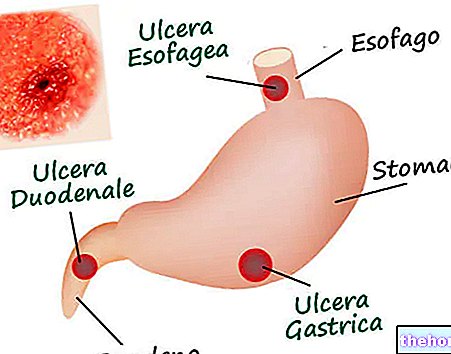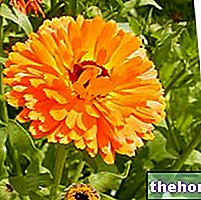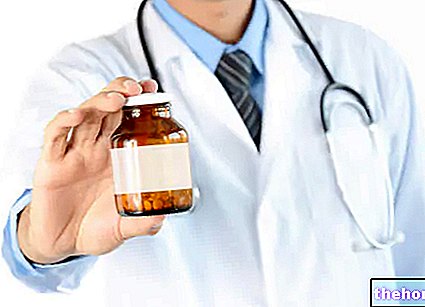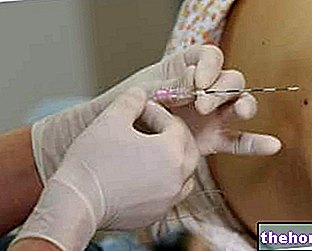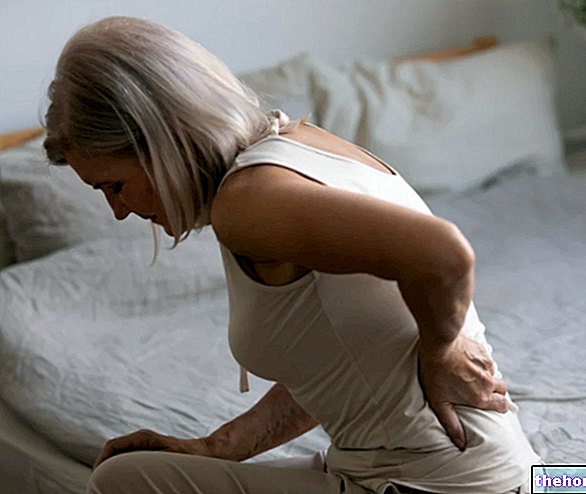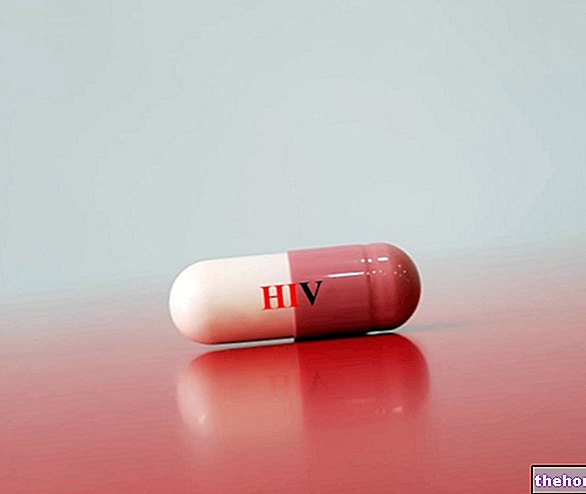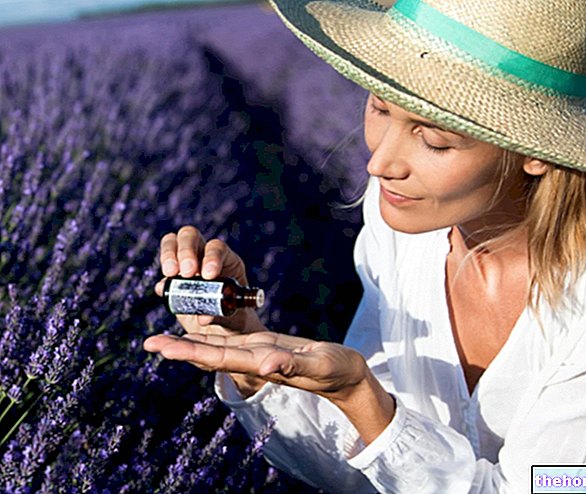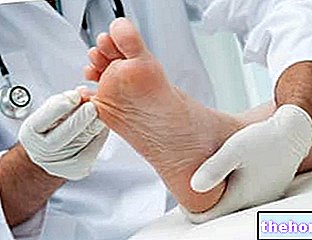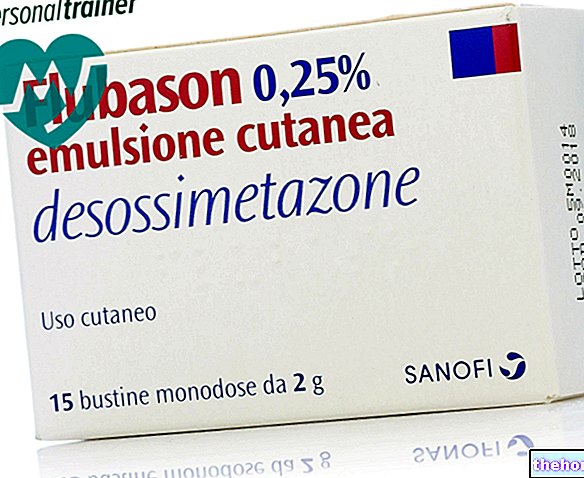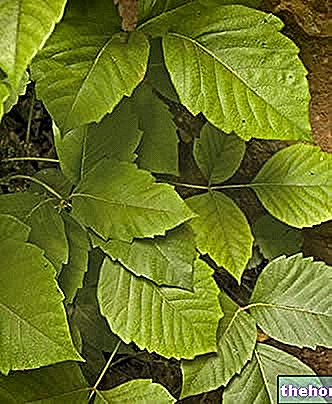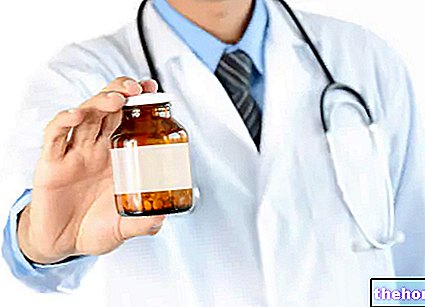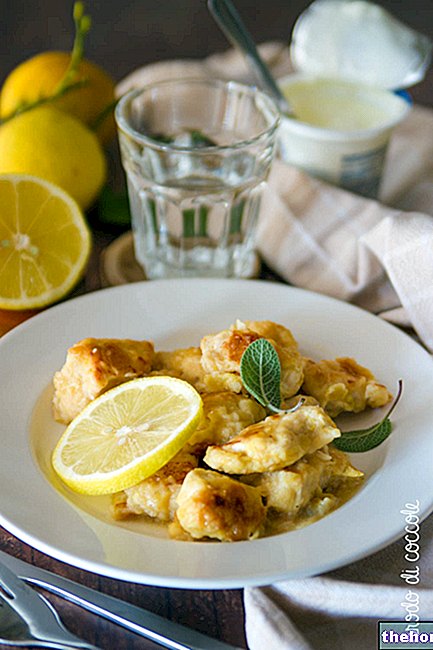Another type of preparation obtained from plants, or from their parts, not dried and not treated, is MOTHER TINTING; the tincture is nothing more than a preparation for herbal, phytotherapeutic, homeopathic or cosmetic use, to obtain healthy formulations.

Homeopathy is characterized by preparations where the active ingredient, which should generate symptoms similar to the disease to be treated, is diluted dozens of times.
The tincture is defined as "mother" when it comes mainly as a base for other preparations; in this case it has very precise obtaining procedures.
Both the tincture and the mother tincture are compounds obtained by maceration.
Maceration is an extractive process in which the fresh drug is placed for a certain period of time in a solvent, kept in continuous movement in order to speed up the extraction. The solvent can be alcohol, a mixture of water and alcohol (solvent hydroalcoholic), ether, medicated wine (a preparation called enolith is obtained) or oil (to obtain an oleolite).
Basically, the mother tincture is obtained by placing the fresh drug in a solvent of a certain type, which is almost never water, if not mixed with an alcoholic solvent; this to ensure a better shelf life. In fact, water favors the proliferation of any bacteria, molds and fungi. Extraction is also based on the principle "like dissolves like"; for this reason, suitable solvents must be used to extract certain categories of active ingredients.
Why, then, is the tincture not called macerate? First of all, not all hydroalcoholic macerates are tinctures, not all oleolites can be defined as dyes, as well as enoliths etc. The mother tincture is called such only when the quantity of fresh drug and the quantity of solvent used are in a ratio of 1:10; 1kg of fresh drug per 10kg of solvent. It is defined as "mother" because, in addition to being a preparation itself, it is the basis for obtaining "daughter" formulations.
We simply speak of tincture when the drug, although fresh, is not in a 1:10 ratio with the solvent, but generally in a 1: 3 ratio.
What differentiates a tincture from a macerate? The difference lies in the use of the drug upstream of the process; the macerate proper is obtained using a dry drug, while if a fresh drug is used, the macerate is called a tincture (if the aforementioned drug / solvent ratios are respected , in particular 1:10 for the mother tincture).
In the past, before the advent of analytical chemistry, mother tincture was an adequate formulation for the preparation of many other health preparations. It was defined as mother because if the drug / solvent ratio was kept constant it empirically guaranteed a certain standardization stability in the quantity of principle A ratio of this kind, always fixed, ensured that all the preparations had more or less the same quantity of active principle, therefore in fact the same health properties.
The processing of drugs in preparing certain medicinal formulas is not exempt from exceptions. For example, when it is desired to obtain mother tinctures or essential oils, the drugs are used fresh rather than dried.
The quantity of active ingredients in a preparation is a functional and healthy expression of the drug, which ultimately becomes the quality of the drug itself. These aspects are elements of guarantee of the efficacy of a drug, but also of the safety of use of the drug itself; if the drug loses quality it can also become toxic, to the point of turning into a poison. All the parameters considered are a function of the ultimate goal of pharmacognosy, that is to guarantee the quality, efficacy and safety of the drug, through various types of chemical and biological instruments.
Other articles on "Tincture, mother tincture and macerate"
- Parameters for proper drying of drugs
- Pharmacognosy
- Lyophilization and stabilization of a drug

